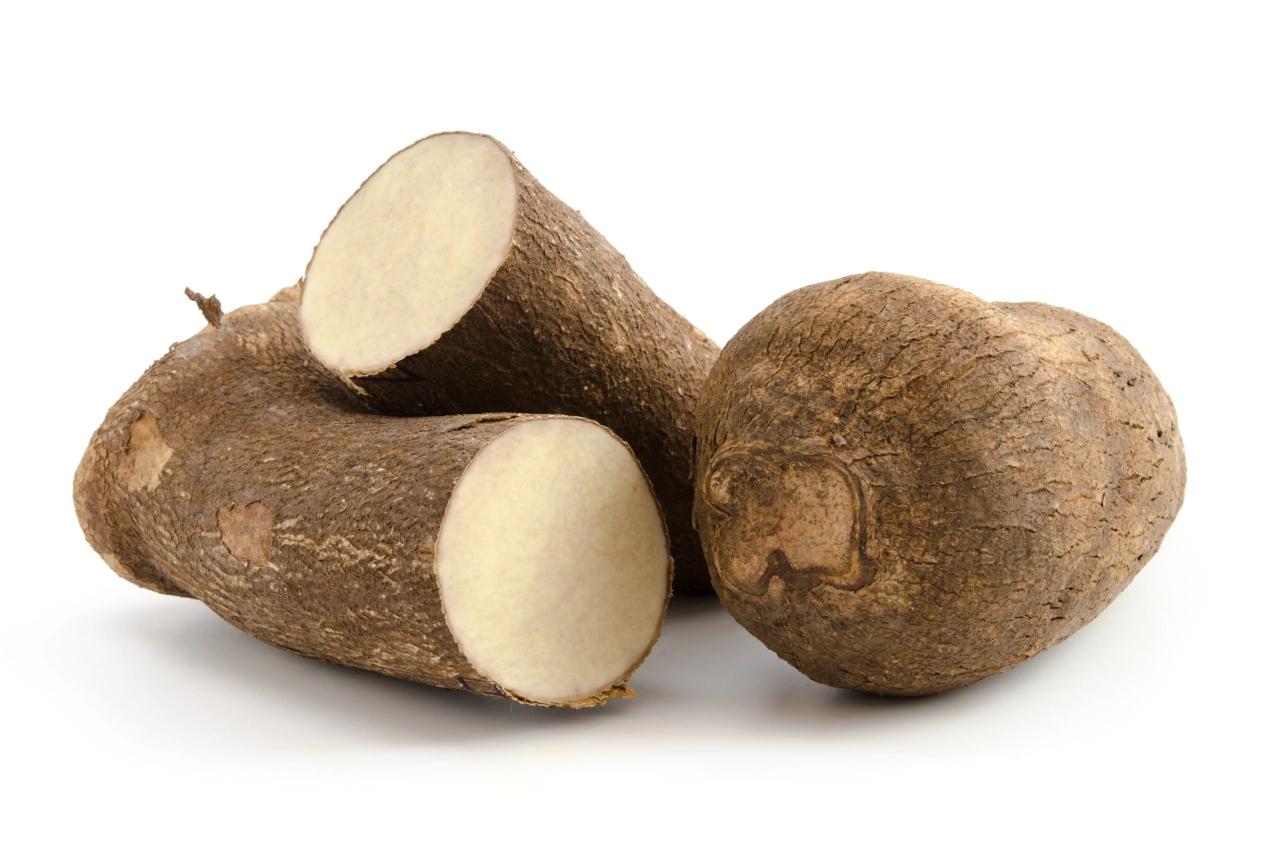Benefit of yam leaves, a culinary delight with hidden health treasures, takes center stage in this captivating exploration. Prepare to unravel the rich tapestry of nutrients, health benefits, and culinary versatility that make yam leaves a must-have in your diet.
Yam leaves, the verdant gems of the yam plant, boast an impressive nutritional profile that rivals even the most celebrated leafy greens. Delve into the depths of their composition and discover a symphony of vitamins, minerals, and antioxidants, each playing a vital role in maintaining your well-being.
Nutritional Profile
Yam leaves, the verdant foliage of the yam plant, are a nutritional powerhouse, boasting an impressive array of vitamins, minerals, and antioxidants.
Their nutritional composition rivals that of other leafy green vegetables, as evident in the following table:
Nutrient Comparison, Benefit of yam leaves
| Nutrient | Yam Leaves | Spinach | Kale |
|---|---|---|---|
| Vitamin A (IU) | 13,250 | 5,640 | 10,810 |
| Vitamin C (mg) | 200 | 28 | 120 |
| Iron (mg) | 1.8 | 2.7 | 1.1 |
| Calcium (mg) | 150 | 30 | 100 |
| Antioxidants (μmol TE/100g) | 2,200 | 1,200 | 1,600 |
As the table demonstrates, yam leaves excel in providing vitamin A, vitamin C, and antioxidants, making them a valuable addition to a healthy diet.
Health Benefits
Yam leaves are not only delicious but also offer a wide range of health benefits. Research has shown that consuming these leaves can improve digestion, reduce inflammation, and boost immunity.
Improved Digestion
Yam leaves are a rich source of dietary fiber, which is essential for maintaining a healthy digestive system. Fiber helps regulate bowel movements, preventing constipation and other digestive issues. It also promotes the growth of beneficial bacteria in the gut, which aids in digestion and nutrient absorption.
Eucalyptus leaves, known for their medicinal properties, offer a plethora of benefits. Burning eucalyptus leaves can alleviate respiratory ailments, boost immunity, and reduce stress. Similarly, Swiss chard leaves are packed with vitamins and minerals. They support cardiovascular health, improve digestion, and enhance cognitive function.
The benefits of Swiss chard leaves are truly remarkable.
Reduced Inflammation
Yam leaves contain antioxidants and anti-inflammatory compounds that help reduce inflammation throughout the body. Studies have shown that these compounds can alleviate symptoms of inflammatory conditions such as arthritis, asthma, and inflammatory bowel disease.
Boosted Immunity
Yam leaves are rich in vitamin C, which is essential for a healthy immune system. Vitamin C helps the body produce white blood cells, which fight off infections. Additionally, yam leaves contain antioxidants that protect the body from oxidative stress, which can weaken the immune system.
Culinary Uses: Benefit Of Yam Leaves
Yam leaves offer a versatile ingredient in various culinary applications, adding distinct flavors and textures to dishes.
In many African and Asian cuisines, yam leaves are a staple ingredient in soups and stews. They impart a slightly bitter and earthy flavor that complements rich broths and meats. In Nigeria, they are commonly used in the preparation of soups like Egusi and Afang soups.
Avocado leaves, often overlooked, possess significant health benefits. What are the health benefits of avocado leaves ? They are rich in antioxidants, support weight loss, and promote digestive health. Ashitaba leaves, native to Japan, are another nutritional powerhouse. The health benefits of ashitaba leaves include improved blood sugar control, enhanced immunity, and reduced inflammation.
Salads
Young, tender yam leaves can be consumed raw in salads, providing a crunchy texture and a mild, slightly bitter taste. They pair well with other greens, vegetables, and fruits, adding a unique dimension to salads.
Other Dishes
Yam leaves can also be incorporated into a variety of other dishes, such as stir-fries, curries, and even as a wrap for fillings. In some cultures, they are dried and ground into a powder, which is used as a seasoning or thickener.
Cultivation and Availability

Yam leaves thrive in warm, humid climates with well-drained soil. They require ample sunlight and regular watering. Farmers typically cultivate yam leaves in large fields or gardens, using traditional farming methods.
Availability
Yam leaves are primarily grown in tropical and subtropical regions, including Africa, Asia, and the Caribbean. Their availability varies depending on the season and region. In areas where yam is a staple crop, yam leaves are widely available during the harvest season.
In other regions, they may be available year-round but in limited quantities.
Home Gardening
Growing yam leaves at home is relatively easy. Choose a sunny location with well-drained soil. Plant the yam tubers or seedlings at a depth of 4-6 inches and space them about 2 feet apart. Water regularly and fertilize every few weeks.
Yam leaves are ready to harvest when they reach a length of 6-8 inches.
Closing Notes
As we conclude our journey into the world of yam leaves, it’s evident that these emerald treasures are more than just a culinary delight; they are a nutritional powerhouse with the potential to transform your health. Embrace the versatility of yam leaves, incorporate them into your favorite dishes, and witness the remarkable benefits they bring to your life.
Remember, a healthy diet is a journey, and yam leaves are a delicious and nutritious step in the right direction.
General Inquiries
What makes yam leaves so nutritious?
Yam leaves are a rich source of vitamins, minerals, and antioxidants, including vitamin A, vitamin C, potassium, and iron.
How can I incorporate yam leaves into my diet?
Yam leaves can be enjoyed in a variety of ways, including soups, stews, salads, and stir-fries.
Are yam leaves safe to eat raw?
Yes, yam leaves can be eaten raw, but cooking them enhances their flavor and nutrient absorption.

